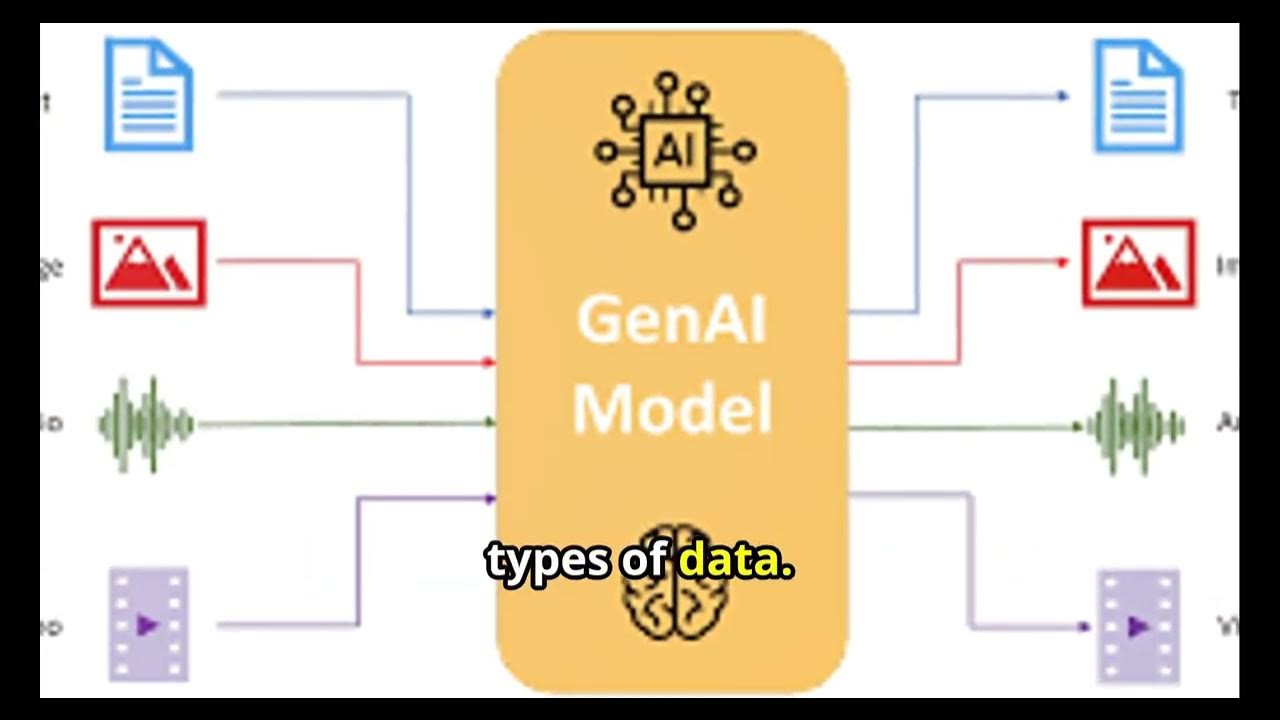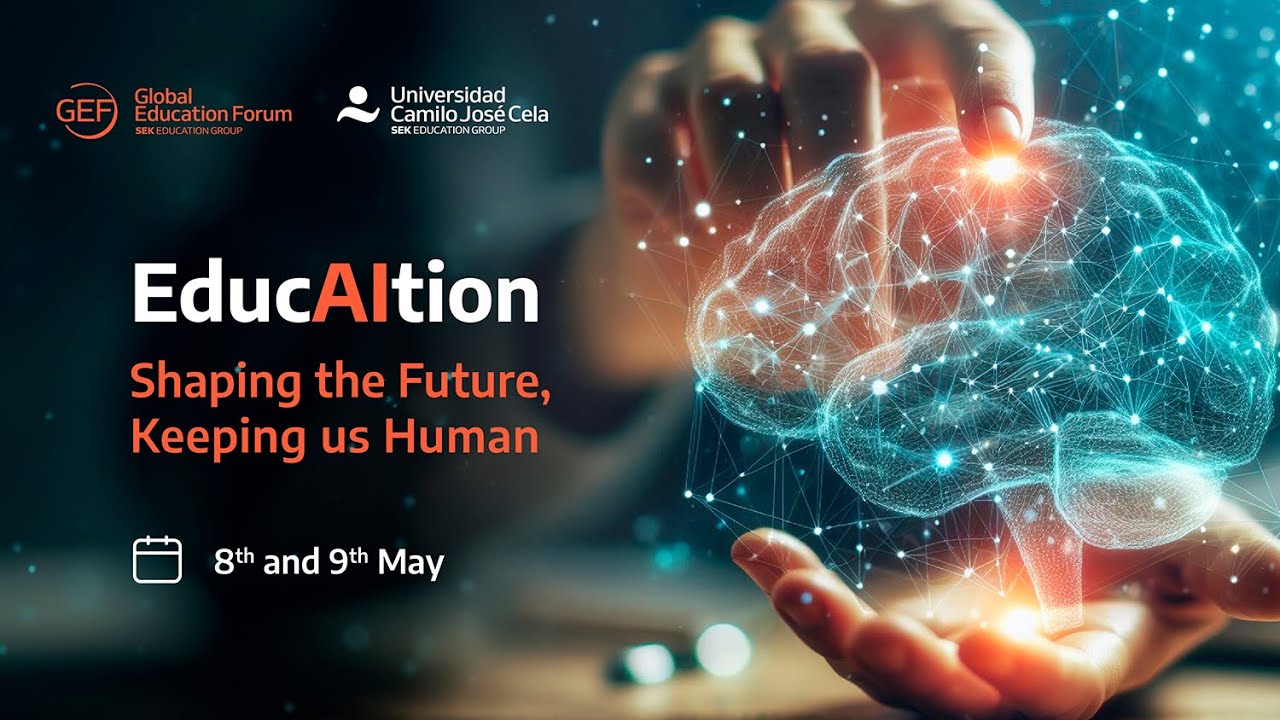Creativity in the Age of AI: Generative AI Issues in Art Copyright & Open Source
Summary
TLDRThe panel discussion delves into the intersection of open source, copyright, and generative AI, highlighting the challenges and opportunities these technologies pose. Scott Draves, an AI artist and engineer, shares his experiences with open source generative art and its impact on the art world. Pam Samuelson, a law professor, addresses the legal complexities surrounding copyright infringement and the use of copyrighted works as training data for AI. The conversation explores the potential of generative AI to transform personal expression, education, and creativity, while also considering the need for trust, accountability, and the role of open source in democratizing AI technology.
Takeaways
- 🎨 The panel discussion focused on the intersection of Open Source, copyright, and generative AI, highlighting the complexities and ongoing legal debates surrounding these issues.
- 🤖 Scott Draves, an AI artist and engineer, discussed the history of generative AI and its evolution from his personal experiences, emphasizing the importance of open source in enabling artistic and technological innovation.
- 🌐 Draves mentioned his early work, including the 'flame' algorithm, which became a foundational piece in generative art and was an example of the collaborative spirit of the open source community.
- 🚀 The development of AI technology has seen a significant leap in recent years, with implications for personalized education, new forms of personal expression, and interactive media.
- 🧠 Draves argued for the necessity of open source models in AI, stating that having transparent and accessible code, data, and models fosters trust, independent research, and equitable distribution of AI benefits.
- 📚 The talk by Pam Samuelson, a law professor, addressed the copyright challenges posed by generative AI, noting that there are active lawsuits and global conversations about the governance of AI.
- ⚖️ Samuelson discussed the five exclusive rights granted by copyright and the limitations and exceptions to these rights, such as fair use, which is a defense often raised in cases involving AI and copyright.
- 🔍 The issue of whether AI-generated outputs infringe on derivative works was highlighted, with ongoing lawsuits challenging the boundaries of copyright law in the context of AI.
- 🎵 The discussion touched on the potential legal ramifications of AI-generated music covers, noting the complexities of copyright infringement versus creative expression and the right of publicity.
- 🌐 The panelists acknowledged that the legal landscape for AI and copyright is still developing, with technology often outpacing the law and requiring adaptation and new interpretations of existing legal frameworks.
- 📖 The Warhol vs. Goldsmith case was mentioned as an example of the ongoing legal discourse around fair use and transformative works, with implications for the use of AI in creating new works based on existing content.
Q & A
What is the main focus of the panel discussion in the transcript?
-The main focus of the panel discussion is on Open Source and copyright issues related to generative AI, particularly in the context of art and its legal implications.
Who is moderating the panel and what are their background and roles?
-The panel is moderated by Professor Russ Altman, who is the Kenneth Fong professor and professor of bioengineering, genetics, medicine, and biomedical data science. He is also an associate director of Stanford Hai.
What is the significance of having a bioengineer faculty moderate the panel on generative AI and copyright?
-The significance lies in the interdisciplinary nature of the topic, as generative AI intersects with both technology and legal domains, and a bioengineer brings a unique perspective that can enhance the understanding of these complex issues.
What is the background of Scott Draves, the first speaker introduced in the transcript?
-Scott Draves is an AI artist and engineer known for his work in open-source and generative art since the 80s and 90s. He is recognized for creating the 'flame' algorithm, which became a significant visual style and influenced a whole genre of art.
What is the Electric Sheep project mentioned by Scott Draves?
-Electric Sheep is an infinite, evolving AI screensaver created by Scott Draves that uses feedback from its audience to learn and generate animations, representing an early example of collective intelligence in AI.
What are the four key tenets of open source that Scott Draves discusses in relation to AI models?
-The four key tenets are: the code for training the models should be open, the inference engine code should be open, the training data should be open, and the model weights should be open.
What is the main concern regarding the use of copyrighted works as training data for AI models?
-The main concern is whether ingesting copies of copyrighted works as training data constitutes an infringement of copyrights in those works, as most content on the open web is protected by copyright law.
What is the significance of the fair use defense in the context of AI-generated outputs?
-The fair use defense is significant because it allows for the non-infringing use of copyrighted works under certain conditions, such as for educational purposes, criticism, commentary, news reporting, and research. It is often invoked when discussing the ingestion of copyrighted works as training data for AI models.
What is the role of the United States Copyright Office in addressing generative AI issues?
-The United States Copyright Office is holding listening sessions to gather stakeholders' interests and concerns about generative AI and copyright. It will publish a report with recommendations, potentially by the end of the year, to guide its approach to these issues.
How does the concept of 'forking' and fine-tuning of AI models contribute to the diversity of truth and beauty in AI-generated content?
-Forking and fine-tuning allow individuals or groups to take a foundation model, add more data, and change its character, which can lead to different notions of truth and beauty. This enables a variety of perspectives and cultural expressions in AI-generated content, rather than a single, uniform output from a single company's model.
What is the potential impact of generative AI on personal expression and creativity?
-Generative AI can lead to new forms of personal expression, such as easy-to-use Photoshop alternatives that respond to user commands, interactive fiction, and personalized content creation. It has the potential to democratize creativity and enable individuals to express themselves in novel ways.
Outlines

This section is available to paid users only. Please upgrade to access this part.
Upgrade NowMindmap

This section is available to paid users only. Please upgrade to access this part.
Upgrade NowKeywords

This section is available to paid users only. Please upgrade to access this part.
Upgrade NowHighlights

This section is available to paid users only. Please upgrade to access this part.
Upgrade NowTranscripts

This section is available to paid users only. Please upgrade to access this part.
Upgrade NowBrowse More Related Video

Generative AI: what is it good for?

Generative AI for Absolute Beginners : Types of Generative AI

Introduction to Generative AI and LLMs [Pt 1] | Generative AI for Beginners

Experimentation with Generative AI

GEF Madrid 2024: Navigating AI Legal Frontiers

Diritti di utilizzo delle opere dell'intelligenza artificiale: conversazione con Simone Aliprandi
5.0 / 5 (0 votes)